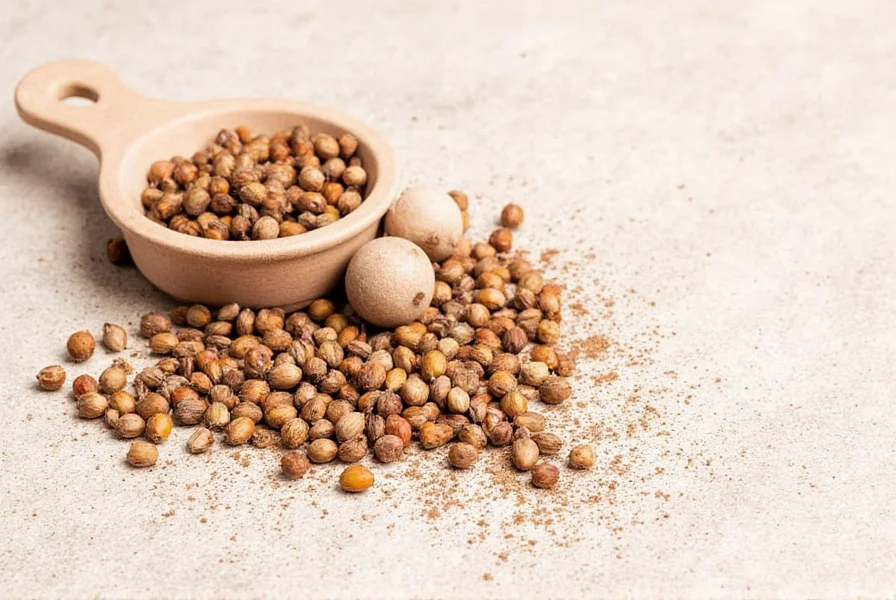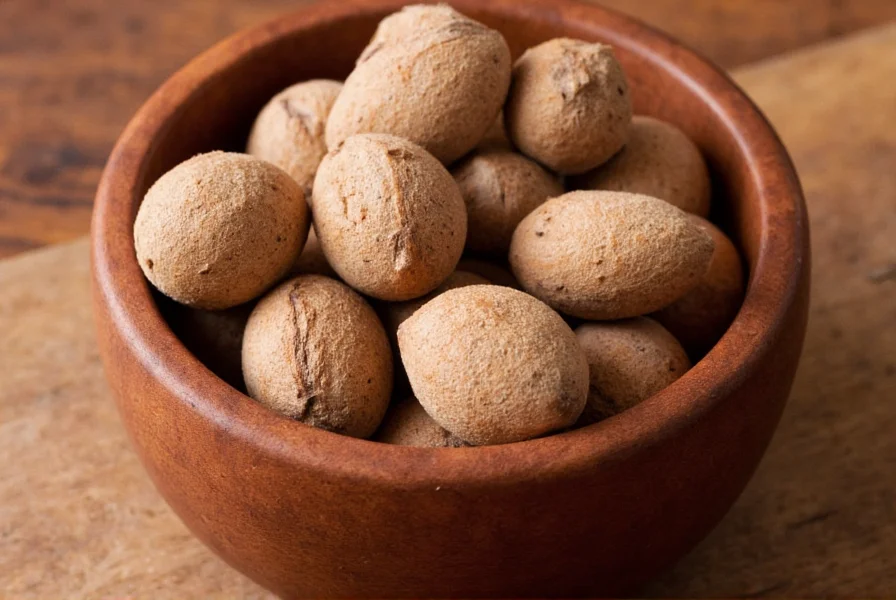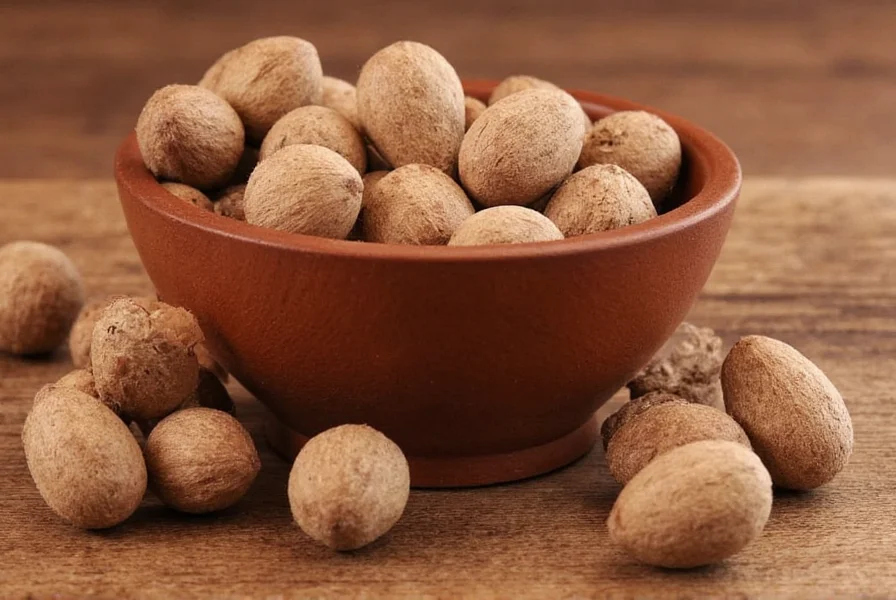For centuries, home cooks and professional chefs have relied on dedicated tools to maximize the flavor potential of whole spices. Among these specialized kitchen implements, the nutmeg bowl stands as a testament to culinary precision. Unlike generic graters, this purpose-built vessel addresses the unique challenges of working with whole nutmeg seeds, which release their complex aromatic compounds most effectively when freshly grated.
The Historical Significance of Nutmeg Bowls
Nutmeg bowls emerged during the spice trade era when nutmeg transformed from a rare luxury to a more accessible kitchen staple. In 17th and 18th century European households, these small porcelain vessels became status symbols, often crafted by renowned pottery makers like Meissen and Wedgwood. The design evolved from simple graters to integrated bowl systems that prevented the precious grated spice from scattering—a practical solution for a spice that once commanded prices equivalent to gold.
Design Elements That Make Nutmeg Bowls Unique
What distinguishes a proper nutmeg bowl from generic graters? Three critical design elements address the specific properties of nutmeg:
| Feature | Purpose | Material Considerations |
|---|---|---|
| Integrated Microplane Grater | Creates fine, consistent shavings that maximize surface area for flavor release | Stainless steel embedded in ceramic for durability |
| Contained Bowl Design | Prevents potent nutmeg aroma from dispersing and captures every particle | Glazed porcelain that doesn't absorb oils |
| Compact Size (3-4 inches diameter) | Matches the small size of whole nutmeg seeds (typically 1-1.5 inches) | Enables one-handed operation while cooking |
Why Nutmeg Requires Special Handling
Nutmeg's chemical composition explains why dedicated tools matter. The spice contains myristicin, an essential oil that begins degrading within minutes of exposure to air. Studies show freshly grated nutmeg retains up to 73% more volatile compounds than pre-ground versions. The contained design of traditional nutmeg bowls preserves these delicate aromatics while preventing the spice's strong scent from overwhelming other ingredients—a critical consideration when nutmeg's flavor profile balances between sweet and savory applications.
"The difference between freshly grated and pre-ground nutmeg is like comparing a symphony to a single note," explains culinary historian Dr. Eleanor Vance. "Traditional nutmeg bowls weren't just practical—they were essential for experiencing the full complexity of this spice before modern preservation techniques."
Modern Alternatives and Practical Usage
While antique porcelain nutmeg bowls remain collectible, contemporary kitchens have adapted. Many professional chefs now use specialized microplane graters with collection trays, though these lack the contained aroma management of traditional designs. For home cooks seeking authentic results:
- Store whole nutmeg seeds in an airtight container away from light
- Grate directly over your dish to capture maximum aroma
- Use only what you need immediately—discard leftovers after 15 minutes
- For béchamel or custards, grate directly into the hot liquid to maximize infusion

When a Nutmeg Bowl Becomes Essential
Certain culinary applications demand the precision of a dedicated nutmeg tool. In classic French cuisine, freshly grated nutmeg remains non-negotiable for dishes like:
- Bechamel sauce (where pre-ground creates bitter notes)
- Spinach quiche (enhancing earthy flavors without overpowering)
- Pumpkin soup (complementing sweetness with warm spice)
- Apple pie filling (creating aromatic complexity)
Food scientists at the Culinary Institute of America note that the particle size achieved by traditional nutmeg bowls (approximately 0.5mm) optimizes flavor release without creating bitterness—a sweet spot difficult to achieve with standard box graters.

Preserving Culinary Tradition in Modern Kitchens
Though less common today, the nutmeg bowl represents an important chapter in kitchen tool evolution. Its specialized design reminds us that certain ingredients benefit from purpose-built implements. For cooks serious about maximizing flavor, keeping a whole nutmeg seed and appropriate grating tool accessible transforms ordinary dishes into extraordinary culinary experiences. The next time you reach for that jar of pre-ground nutmeg, consider how much flavor complexity you might be missing—the difference might be worth investing in proper nutmeg preparation tools.
What's the difference between a nutmeg bowl and regular grater?
A nutmeg bowl integrates a fine microplane grater with a contained bowl specifically sized for nutmeg seeds (1-1.5 inches). This design captures the potent spice particles and contains its strong aroma during grating, preventing waste of this expensive spice while maximizing flavor retention—features absent in standard graters.
Can I use a regular zester for nutmeg instead of a nutmeg bowl?
While a zester works in a pinch, it creates larger shavings that don't release nutmeg's volatile oils as effectively. Traditional nutmeg bowls produce finer particles (approximately 0.5mm) that optimize flavor release without bitterness, crucial for delicate sauces and custards where nutmeg plays a supporting role.
How much freshly grated nutmeg equals pre-ground nutmeg?
Due to oxidation, you'll need approximately 25% less freshly grated nutmeg than pre-ground to achieve equivalent flavor intensity. One whole nutmeg seed (about 1 inch) yields roughly 1.5 teaspoons of freshly grated spice, which equals the flavor of 2 teaspoons of pre-ground nutmeg in most recipes.
Why does my recipe specify 'freshly grated' nutmeg?
Nutmeg's essential oils begin degrading within minutes of exposure to air. Freshly grated nutmeg contains up to 73% more volatile compounds than pre-ground versions, creating a brighter, more complex flavor profile without the bitter notes that develop in oxidized spice. This difference is particularly noticeable in delicate dishes like béchamel or custards.
How should I store whole nutmeg seeds?
Store whole nutmeg seeds in an airtight container away from light and heat. Properly stored in a cool, dark place, whole nutmeg maintains peak flavor for 3-4 years, compared to pre-ground nutmeg which loses significant flavor within 6 months. For longest shelf life, keep seeds in a glass jar with a tight-sealing lid.











 浙公网安备
33010002000092号
浙公网安备
33010002000092号 浙B2-20120091-4
浙B2-20120091-4